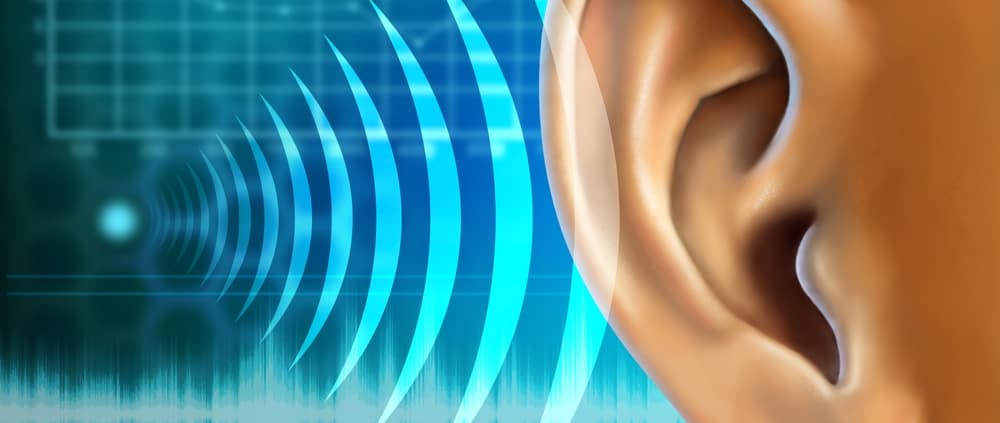What Do We Actually Mean By Hearing Loss?
When we talk about hearing loss, we’re usually referring to the permanent ranges of hearing loss, called age-related hearing loss or noise-induced hearing loss.
But the official name is sensorineural hearing loss.
Sensorineural hearing loss occurs when something damages the tiny hair-like nerves in the inner ear. The way they dance in the inner ear fluid communicates with the auditory nerve about what you’re hearing, so if they’re damaged they lose their rhythm.
Most types of cells in your body regenerate when damaged. But these don’t. So if loud sound exposure, disease, medication, etc. damage these cells, you lose part of your hearing permanently.
How Does Hearing Loss Happen?
Different nerve cells pick up different frequencies (pitches) of sound. So your brain understands what you hear based on which ones respond to the sound vibration.
Frequencies allow you to differentiate between the sounds made by letters — B, D, V, TH, S, etc. Neat, right?
But here’s where things can go wrong. When you start to lose your hearing, you don’t usually lose it across the board (all frequencies at once). Instead, you may lose the cells that pick up certain frequencies and cause ranges of hearing loss.
That’s when you start to misunderstand what people are saying. You now have ranges of frequency you can’t hear.
So when people lose their hearing, they have hearing loss ranges. These ranges of hearing loss may mean that S’s now sound like F’s, etc. The more frequencies you’re missing, the harder understanding speech becomes.
This is the most common kind of hearing loss. Around 15% of Americans have it. If you’re a man, your risk is doubled.
A lot of people think if you just make the sound louder, problem solved. But as you can see, that doesn’t work because letter sounds have certain frequencies regardless of volume.
How Hearing Aids Restore Ranges of Hearing Loss
I can determine which frequencies you can’t hear with a hearing test. Hearing aids work by addressing the specific frequencies you can’t hear. They adjust the frequency of sound slightly as it enters the hearing aid, so you can hear it and understand what someone is saying more clearly.
This is only possible with custom hearing aids, the kind I personalize for you in my office according to your unique and specific ranges of hearing loss. Hearing aids today instantly analyze sound, digitize it, and convert it back into sound waves that optimize how you hear according to your specific hearing loss range and any background noise.
Over-the-counter (OTC) hearing aids can’t do this. They make everything louder, including background noise. So this doesn’t address ranges of hearing loss. OTC hearing aids may help people who have mild hearing loss. But most people with mild hearing loss don’t need a hearing aid because they can still hear well enough to understand speech.
When it comes to ranges of hearing loss, you need a customized and personalized solution that aligns with your unique hearing profile. I encourage you to discover your one-of-a-kind hearing profile. And get a solution that matches your personal hearing loss. Schedule a hearing test today.



